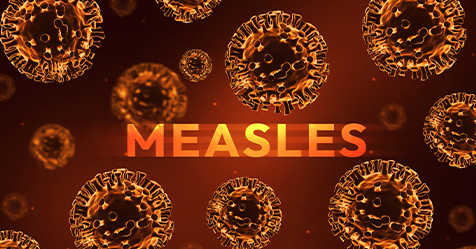At a major hospital in Chicago, IL, every patient room has a notice posted on the wall saying, “Be glad your doctor is careful about prescribing antibiotics.”
As many of us know, what has been developing during the past 20 or more years is the emergence of more and more superbugs and other forms of antibiotic-resistant bacteria. Studies indicate that there are more superbugs because germs and bacteria have become immune to many antibiotics.
Over time, certain bacteria have learned how to resist antibiotics. For this to occur, all it takes is for a single bacterium to mutate and make it resistant to the antibiotic intended to kill it before passing that mutation down to future generations. Worse, it can also share this antibiotic resistance gene with surrounding germs and make them antibiotic-resistant as well.
The consequences for people: Instead of just taking one antibiotic during the course of a few days to address a bacterial infection, some patients must take two or more, and for a longer period of time, to tackle the infection.
Now similar concerns are emerging regarding disinfectants. Could it be that the germs and bacteria found in a hospital or medical facility are now becoming immune to the disinfectants we have traditionally used for years to eliminate them? Or could the disinfectants we are now using to kill germs and bacteria in hospitals have other unfortunate and potentially health-risking consequences?
A study conducted in 2010 at the University of Ireland appears to have the answers. For this study, which was published in the journal Microbiology, the researchers put small amounts of a disinfectant into a solution that included the Pseudomonas bacteria, a bacterium that can be a major cause of nosocomial, or health care-associated infections (HAIs).
The good news: The study found the bacteria mutated but did not become resistant to the disinfectant. However, the bad news was that it caused the bacteria to become resistant to the antibiotic Cipro, which is considered the most important antibiotic to treat serious, life-threatening bacterial diseases, such as this.
This tells the professional cleaning industry—and specifically those involved with cleaning hospitals and medical facilities—that while we can still kill germs using the appropriate disinfectant and using it properly, it can have other repercussions, some of which such as indicated in this study, can be very serious. This means we must use disinfectants only where needed, and to do this may require medical administrators, distributors, and cleaning professionals to literally take the roof off a medical facility and determine what chemicals, including disinfectants, should be used and where.
Addressing the Bad Habit
Because many housekeepers and other cleaning workers in medical facilities keep a sprayer filled with a disinfectant handy at all times, it is fairly easy for using it just about everywhere and anywhere when cleaning is necessary. But we now know this should not be done.
Fortunately, new technologies—many of which are free for anyone to use—have been introduced that help administrators, cleaning professionals, as well as distributors perform a complete site needs analysis. Typically this is accomplished is through an exploration process.
Using one of these technologies, a hospital can be divided into various sections, including:
- Surgery areas
- Patient rooms
- Waiting rooms
- Nurses stations
- Break rooms
- Emergency rooms
- Other types of areas.
From there, and based on some additional questions such as the type of floor in the area, if there are high-touch areas or other areas that are a concern, a series of cleaning solutions will be suggested. If a disinfectant is not necessary, different types of general purpose cleaning solutions will be recommended.
Administrators and cleaning professionals can then take this information to address what types of cleaning chemicals, including disinfectants, should be used and where—and where they should not be used at all.
To help administer the program, and because medical facilities have a long history using color-coding systems, administrators of medical facilities can consider a color-coding system noting which rooms and which surfaces are to cleaned with a disinfectant; if that code is not present, it then becomes imperative that housekeepers know to use a general purpose cleaning solution.
Posted On January 21, 2016


